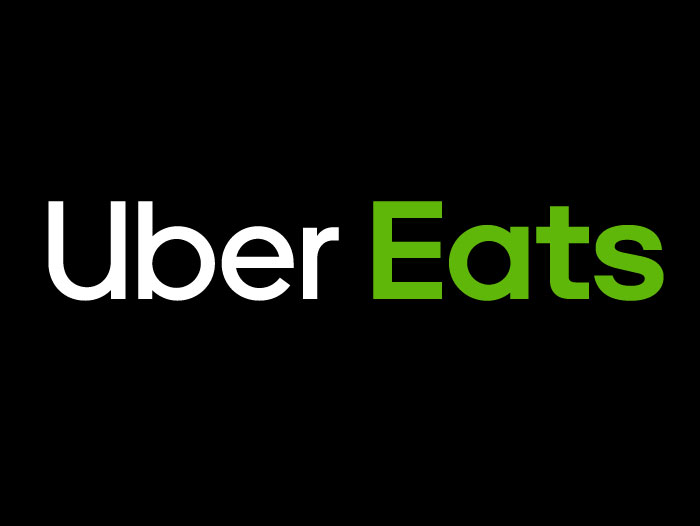 Reading Time: 2 minutes
Reading Time: 2 minutes
Uber Eats allows consumers to search for and discover local restaurants, order a meal at the touch of a button, and have the meal delivered reliably and quickly. Uber Eats launched their app just over four years ago and the company has grown to be the largest meal delivery platform in the world outside of China based on Gross Bookings. Their scale enables the average delivery time for Uber Eats to be faster than the average delivery time for their competitors. For the quarter ended December 31, 2018, the average delivery time was approximately 30 minutes.
Uber Eats not only leverages, but also increases, the supply of Drivers on their network. For example, Uber Eats enables Ridesharing Drivers to increase their utilization and earnings by accessing additional demand for trips during non-peak Ridesharing times. Uber Eats also expands the pool of Drivers by enabling people who are not Ridesharing Drivers or who do not have access to Ridesharing-qualified vehicles to deliver meals on their platform.
In addition to benefiting Drivers and consumers, Uber Eats provides restaurants with an instant mobile presence and efficient delivery capability, which generates incremental demand and improves margins for restaurants by enabling them to serve more consumers without increasing their existing front-of-house expenses.
Uber Eats expects that the home delivery market will continue to grow as a result of the convenience that it provides to consumers. They have penetrated 1.0% of this $795 billion market given their $7.9 billion of Uber Eats Gross Bookings for the year ending December 31, 2018.
The coronavirus pandemic has disrupted the on-demand food delivery business as usual in many markets — with convenience-loving customers locked down at home so likely to be cooking more, and large numbers of restaurants closed (at least temporarily), affecting Uber Eats profitability and lately Uber Eats discontinued in some countries to focus on their more profitable markets.
Uber has abandoned a plan to run its own food delivery kitchens. Also, to trim costs – Uber Eats batches orders so a driver can pick up multiple meals at once. It’s also enticing customers with free delivery from restaurants that already have a courier en route.